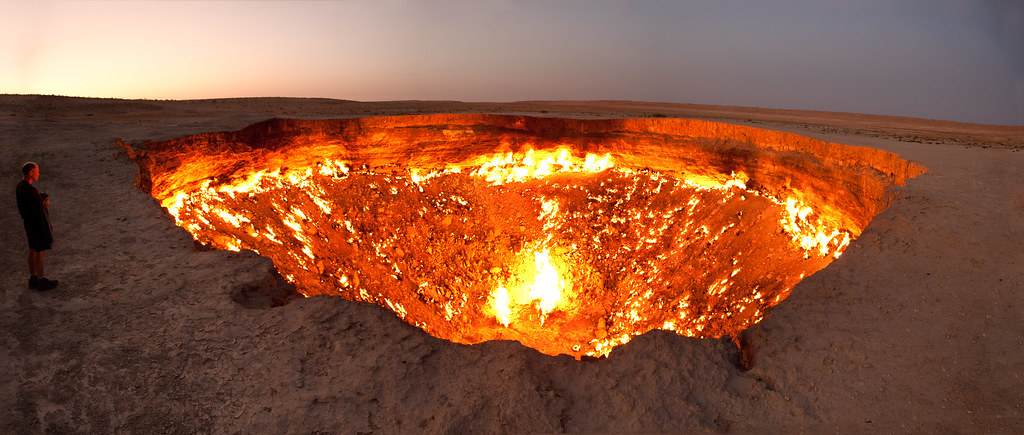Cryopreservation, or preserving biological tissue by cooling it to subzero temperatures, may bring to mind works of science fiction. Yet, researchers have been working on this technology for nearly 100 years. For most of the field's history, minimal progress was made — until 2023, when researchers from the University of Minnesota successfully transplanted a cryopreserved kidney to another rat, showing the potential for cryopreserved organ transplants in humans.
However, cryopreserving larger organs presents a major challenge: the organs are more likely to crack due to the rapid cooling process. Preventing cracks is essential for human organ preservation and transplantation. Researchers from the J. Mike Walker '66 Department of Mechanical Engineering at Texas A&M University, led by Dr. Matthew Powell-Palm, have published a paper outlining their discovery — a cryopreservation approach that may prevent cracking in organs.
To preserve organs outside the body for an extended period, researchers use vitrification, which involves freezing tissue in a solution and preserving it in a glassy state, allowing cells to be "frozen in time" without the risk of damage from ice crystals. By adjusting the makeup of a vitrification solution, researchers can study properties of the solution that affect an organ's risk of cracking.
"In this study, we investigated different glass transition temperatures, which we believe play a dominant role in cracking," said Powell-Palm, an assistant professor of mechanical engineering. "We learned that higher glass transition temperatures reduce the likelihood of cracking."
Equipped with the knowledge that higher transition temperatures are less likely to cause cracks than lower temperatures, researchers can focus on creating aqueous vitrification solutions with higher glass transition temperatures to help avoid cracking.
"Cracking is only one part of the problem," Powell-Palm said. "The solutions need to be biocompatible with the tissue as well."
This knowledge is essential to the field of cryopreservation, which has applications beyond organ transplantation, including wildlife and biodiversity conservation, vaccine stabilization and food waste reduction. Cryopreservation can extend the viability of any biological sample, benefiting any life science field.
"This study offers a seminal contribution to our understanding of aqueous solution thermodynamics," said co-author and Mechanical Engineering Department Head Dr. Guillermo Aguilar, who serves as the James and Ada Forsyth Professor. "I look forward to more encouraging results in this direction, which will ultimately yield an increased viability of biological systems of all scales—from single cells to whole organs."
Powell-Palm and Aguilar's co-authors on this paper include Dr. Soheil Kavian, Ph.D. students Crystal Alvarez and Ron Sellers, and undergraduate student Gabriel Arismendi Sanchez, all from the mechanical engineering department.
"At its core, mechanical engineering requires an understanding of how something — anything —works. This project integrates physical chemistry, glass physics, thermomechanics, and cryobiology," said Powell-Palm. "These students have done an amazing job applying the holistic thinking that mechanical engineering requires to this work."
This study was funded by the National Science Foundation's Engineering Research Center for Advanced Technologies for the Preservation of Biological Systems, which funds the highest levels of cryopreservation research.
By Alyssa Schaechinger, Texas A&M University College of Engineering






